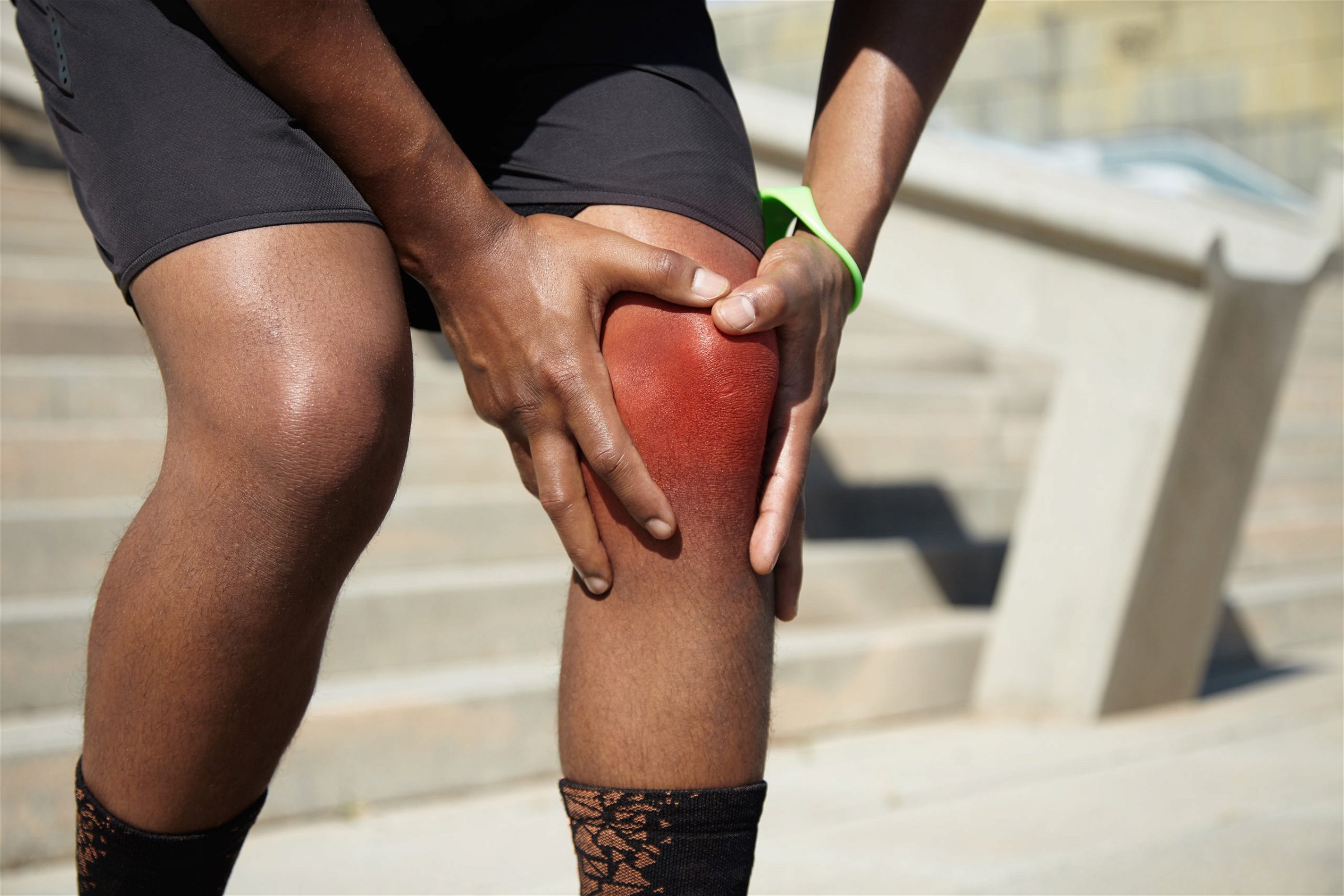Conditions
Tendon and Ligament Injuries
Tendon and ligament injuries are common musculoskeletal problems that can result from various causes, including sports activities, overuse, trauma, or degenerative conditions. Tendons and ligaments are crucial components of the musculoskeletal system, but they serve different functions and have distinct characteristics.

Tendons:
Function:
Tendons are tough, fibrous connective tissues that connect muscles to bones. They transmit the force generated by muscles to the bones, allowing movement of joints.
Injuries:
- Tendonitis: This is the inflammation of a tendon. It often occurs due to overuse or repetitive strain. Common examples include Achilles tendonitis and tennis elbow.
- Tendonosis: Tendonosis is a condition characterized by the degeneration of tendon tissue without significant inflammation. It can result from chronic overuse and is common in conditions like rotator cuff tendonosis.
- Tendon Tears: Tendon tears can be partial or complete. They often result from acute trauma or wear and tear over time. Common examples include rotator cuff tears and Achilles tendon ruptures.
Treatment:
Treatment for tendon injuries may include rest, physical therapy, anti-inflammatory medications, bracing, and in some cases, surgery to repair a torn tendon.
Ligaments:
Function:
Ligaments are strong bands of connective tissue that connect bone to bone, stabilizing joints and preventing excessive movement. They play a critical role in joint stability.
Injuries:
Sprains: Ligament sprains occur when a ligament is stretched or torn. They are graded from mild (Grade I) to severe (Grade III) based on the extent of damage. Common examples include ankle sprains and knee ligament injuries like ACL (anterior cruciate ligament) tears.
Ligament Tears: Complete tears of ligaments can result in joint instability. For instance, an ACL tear can lead to knee instability.
Treatment:
Treatment for ligament injuries often involves rest, physical therapy, bracing, and, in some cases, surgical repair. The severity of the injury and the joint affected play a significant role in determining the appropriate treatment.
Both tendon and ligament injuries can vary in severity, and the treatment approach depends on the specific injury, its location, and the patient’s overall health and activity level. Early diagnosis and appropriate treatment are essential for optimal recovery and to minimize the risk of long-term joint instability or disability.
Prevention strategies, such as proper warm-up, stretching, strengthening exercises, and using protective equipment when engaging in sports or activities that pose a risk of injury, can also help reduce the risk of tendon and ligament injuries. If you suspect you have a tendon or ligament injury, it’s important to seek medical evaluation and follow the recommended treatment plan for the best possible outcome.

